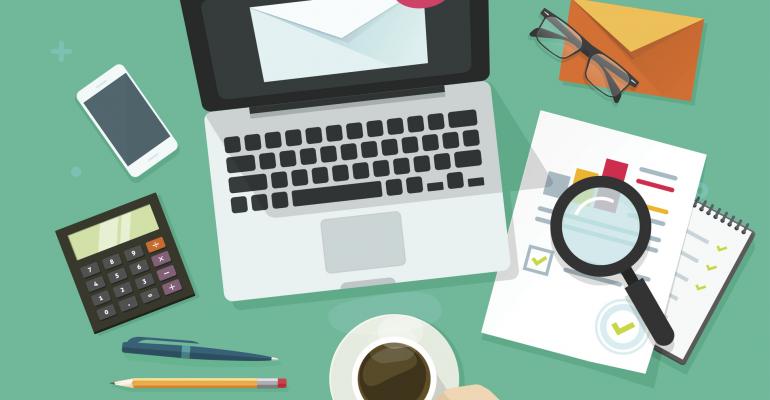While using social media channels to get the word out about your meeting or event might be getting all the attention right now, don’t make the mistake of discounting a tried-and-true channel 91 percent of us check every day: email.
Yes, that humble in-box is responsible for 43 percent of all ticket sales, according to the 2017 Event Email Benchmarking Report from event technology platform company EventBrite. The study involved 341 organizers in the U.S. and U.K., the majority of whom—51 percent—planned business events, along with festivals (14 percent), classes (12 percent), and musical (7 percent) and sporting events (5 percent).
When It Comes to Lists, Size Matters
While of course your list will scale to the size of the event you’re marketing, generally speaking, bigger is better, according to the survey. Almost half of the survey respondents said their lists went to 1,000 or fewer recipients, while 20 percent went to 10,000 or more, and 29 percent said their list lands somewhere in between. About a fifth, however, said they don’t actively grow their lists—but you likely don’t want to be in that group if you also want to grow your event registrations.
Ways to collect email addresses include:
• Require an email address on the registration form for your events, e-newsletters, and websites.
• See if your sponsors and other business partners will share their lists. You also can ask if they would let you run a promotion on their website, mail or e-newsletters.
• In printed mailed fliers, onsite promotions, and through social media, offer a discount or an opportunity to win free tickets or a VIP pass to those who share their email addresses. You can tell them they have to provide their email to claim their prize. Social media was the most popular inbound marketing channel for survey participants, used by 45 percent of U.S. and 51 percent of U.K. respondents.
• Ask those on your current list to pass your emails—especially those filled with non-promotional content—with their network.
• Add a sign-up button to your event’s Facebook page that links to great content they have to register with their email to see.
When to Send
You don’t want to deluge your potential registrants with so many emails that they roll their eyes and delete your missives without opening them, but you also don’t want to have them forget all about your event with too-infrequent emails. The happy medium, survey respondents said, was about one message a week.
It is important to have a regular schedule so people will know when to expect to hear from you. To figure out when the optimal days and times are, the study suggests trying out different frequencies and measuring the results. You also can offer to let people decide for themselves how often they want to hear from you.
That being said, U.K. respondents leaned toward sending email on Tuesdays, while U.S. event marketers said Wednesdays were the best for them, especially for professional conference promotions. The study suggests starting out with a Tuesday schedule (adding Thursday if you opt for twice-a-week), but keep testing to see what days work best for your specific audience.
For more benchmarking data on open, click-through, click-to-open, and conversion rates, and other metrics and email marketing strategy tips, visit the EventBrite download page. Yes, free registration, including an email address, is required.
UPDATE: Here's another interesting resource: When Is the Best Time to Send an E-Newsletter? by Ryan MacCready at Venngage.





